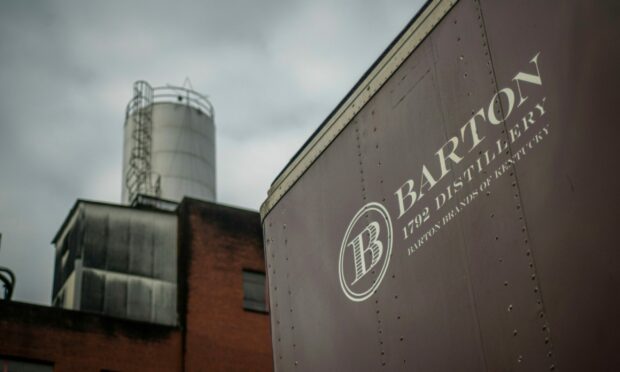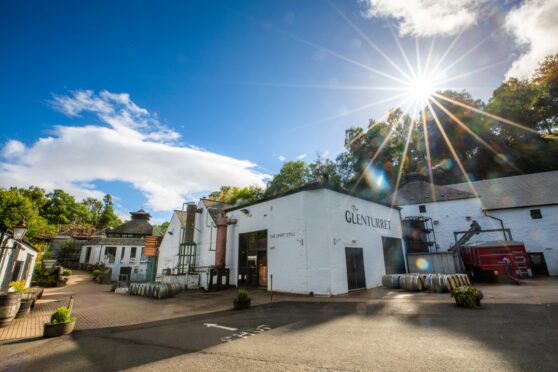For generations, Scotch whisky casks were stored and stacked “dunnage” style, that is sideways three rows high, with two stout timber beams between the rows.
The system suited the low, often single-storey, warehouses of the time.
However, over the decades warehouses got higher and storage systems evolved too.
Multi-deck racks, of either steel or timber, stretched ever upwards, with casks rolled from the central gangway forklift to fill each deck.
Later still came the pallet system, where four upright, bung-in-lid casks were sat on a pallet, with pallet after pallet of casks placed on top, the only limit being the scope of the telescopic forklift.
However, many whisky men swear by the dunnage system, especially in Scotland’s older distilleries where low-rise warehouses with thick stone walls and earthen floors keep the casks in a cool, damp atmosphere all year round.
Rick system
In America, bourbon and other distillers largely used the timber rack or rick system, often erected to great heights and packed into large, thin-walled warehouses called rickhouses.
That system took a severe tumble, in every sense, on June 19, 2018, when a rickhouse partially collapsed at the Barton 1792 Distillery, part of the Sazerac portfolio, at Bardstown, Kentucky.
Countless barrels crashed to the ground and split, spilling thousands of litres of bourbon that seeped into the nearby creek.
Worse, the remaining section of the warehouse collapsed two weeks later, ignominiously on July 4, America’s National Day. In total, an estimated 9,000 barrels were damaged and approaching half a million US gallons (or nearly two million litres) of good whisky were lost.
Then a year later, another rickhouse, this time at the O.Z. Tyler (formerly Charles Medley) distillery at Owensboro, Kentucky, partially collapsed, although only 4,500 casks were involved and apparently not all of them split.
Blaming the collapses solely on the timber rack system is possibly unfair.
The rickhouses, many built in the 1940s, are flimsy compared to the stone, or steel-frame-and-concrete, warehouses used in Scotland.
Their time is probably up and, generally, later US warehouses appear much more robust.
One can safely assume that the loss of two million litres of whisky is a costly but useful lesson.
A rickhouse partially collapsed at the Barton 1792 Distillery at Bardstown, Kentucky.


